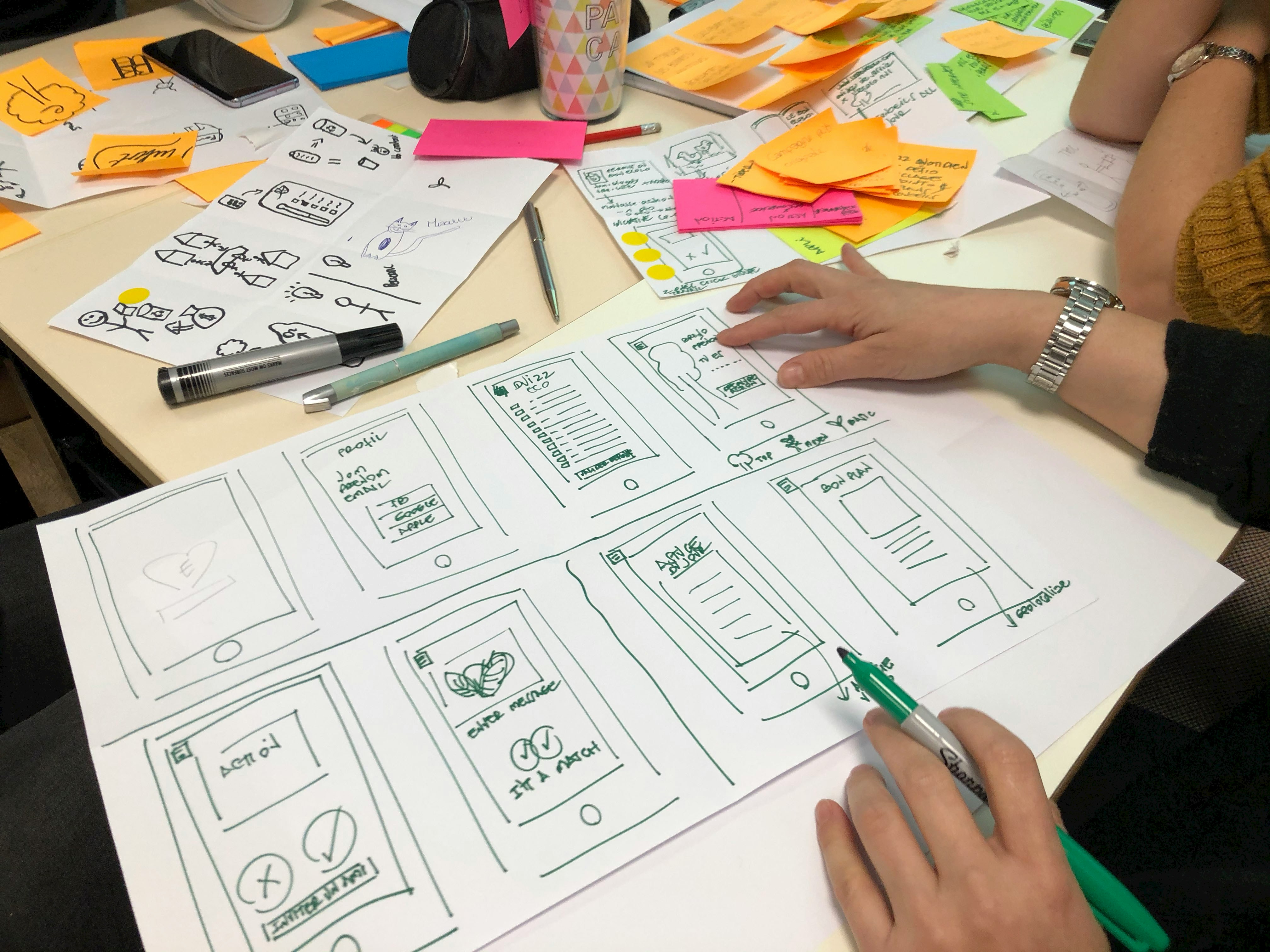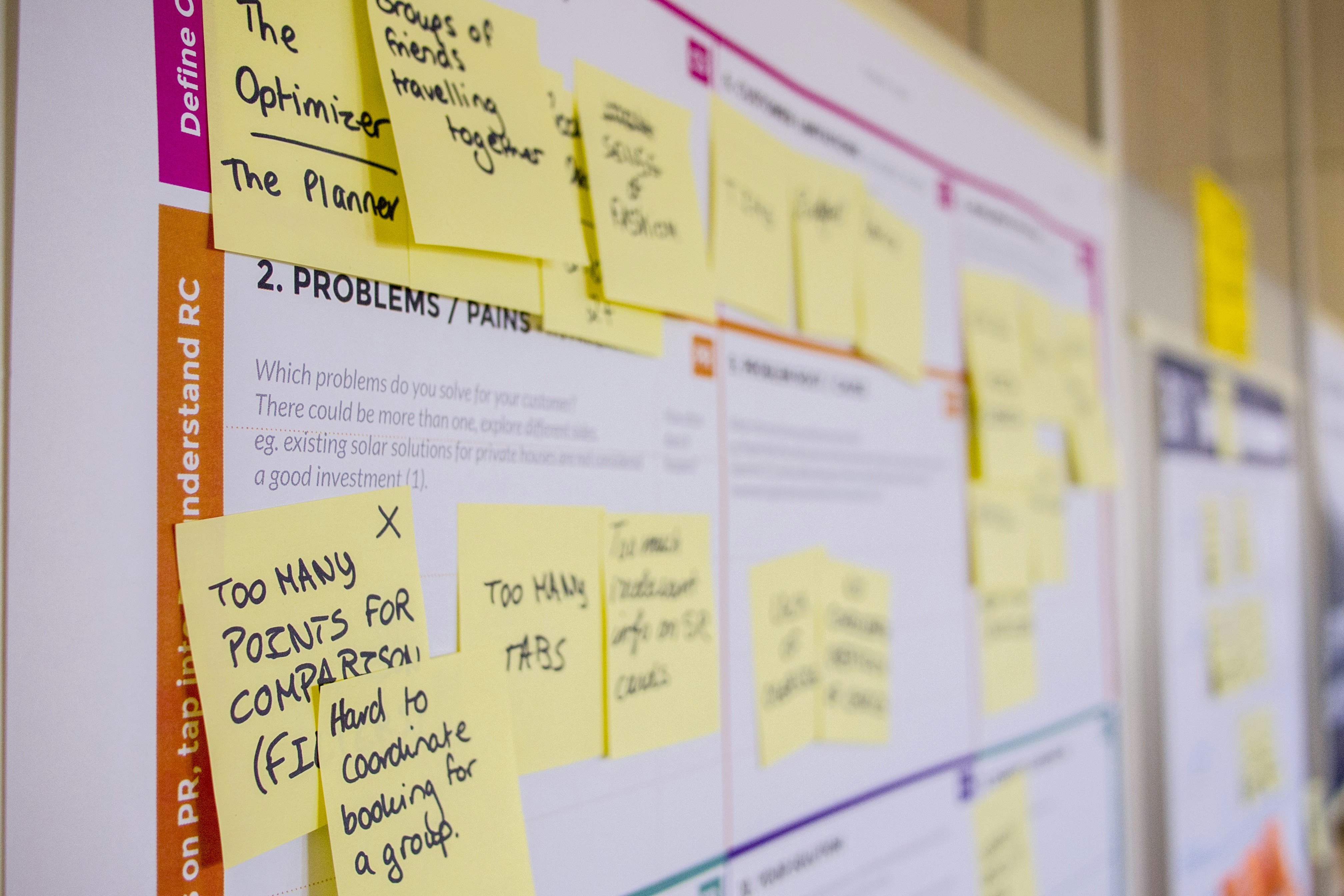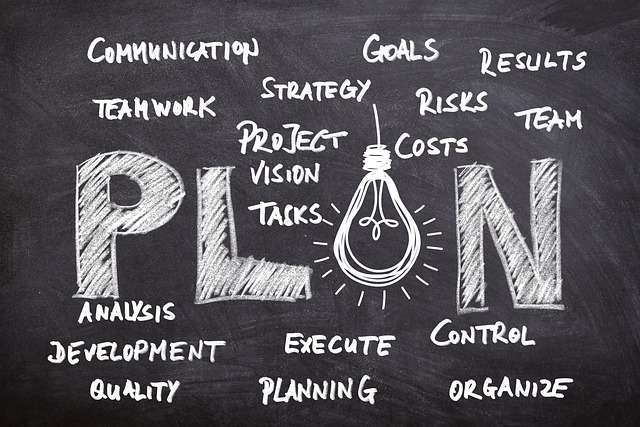A Comprehensive Guide to Timelines, Factors, and Best Practices
Discover the ins and outs of building a professional website as this comprehensive guide takes you through cost-effective design solutions , the timelines, factors, and best practices involved. Whether you're a business owner looking to create an online presence or a web developer seeking to streamline your process, this article provides valuable insights and practical tips to help you navigate the world of website development.
Understanding the Process of Building a Professional Website.
Choosing a design company and building a Professional Website involves several stages that are crucial to the overall success of the project. Understanding these stages can help in setting realistic timelines and managing expectations. The stages of website development typically include planning and strategy, design and wireframing, development and coding, as well as content creation and integration.
Planning and Strategy
This initial stage involves defining the goals and objectives of the website, understanding the target audience, and outlining the overall strategy for the project. It also includes conducting market research, identifying competitors, and establishing a clear roadmap for the development process.
Design and Wireframing
Once the planning and strategy are in place, the design and wireframing stage focuses on creating the visual elements of the website and why websites matters.This includes developing the layout, user interface, and user experience design. Wireframing is a critical step as it provides a visual guide for the website's structure and functionality.
"Content is king, but engagement is queen, and the lady rules the house!"
Development and Coding
The development and coding phase involves turning the design concepts into a functional website. This stage includes writing code, creating databases, and integrating various software systems to ensure the website operates seamlessly. It also involves implementing responsive design to ensure compatibility across different devices.
Content Creation and Integration
Content creation and integration encompass developing compelling and relevant content for the website. This includes text, images, videos, and other media. Integrating the content into the design and structure of the website is essential for conveying the intended message and engaging the target audience effectively.
Factors That Influence the Timeline of Website Development
Several factors can significantly impact the timeline of website development. Understanding these factors is essential for accurately answering common questions , estimating the time required for completing a project and managing client expectations effectively.
Complexity of the Website
The complexity of the website, including its features, functionality, and integrations, can have a substantial impact on the development timeline. More complex websites may require additional time for coding, testing, and troubleshooting.
Number of Pages and Features
The size and scope of the website, including the number of pages and features, directly influence the development timeline. Larger websites with extensive content and numerous features will naturally take longer to develop than smaller, more straightforward sites.
Availability of Resources
The availability of resources, including skilled professionals, tools, and technology, can affect the pace of website development. Limited resources may result in longer development timelines, while ample resources can expedite the process.
Client Responsiveness and Feedback
Client involvement and responsiveness play a crucial role in the timeline of website development. Timely feedback, approvals, and clear communication from the client can significantly impact the speed at which the project progresses.
Setting Realistic Timelines for Website Development
Setting realistic timelines for website development is essential for managing client expectations and ensuring the successful completion of the project. This involves conducting a thorough project assessment and breaking down the project into manageable milestones.
Conducting a Thorough Project Assessment
Before setting timelines, it's important to conduct a comprehensive assessment of the project, and help define your website’s role for your online presence. This includes identifying goals and objectives, defining the scope and deliverables, and assessing the available resources, including the skills and expertise of the team.
Breaking Down the Project into Milestones
Breaking down the project into smaller, manageable milestones helps in setting clear deadlines, allocating resources and tasks effectively, and prioritizing critical components of the website. This approach also allows for better tracking of progress and identifying potential bottlenecks.
Communicating Expectations with Clients or Stakeholders
Clear and transparent communication with clients or stakeholders is essential for setting realistic timelines. This involves setting clear expectations for timelines, discussing potential delays or roadblocks, and regularly updating clients on the progress of the project.
Best Practices for Efficient Website Development
Adhering to best practices can streamline the website development process and ensure efficient and timely delivery of high-quality websites. Utilizing project management tools and software, employing agile development methodology, implementing quality assurance and testing procedures, and streamlining content creation and integration are key best practices.
Utilizing Project Management Tools and Software
Choosing the right project management software can facilitate efficient collaboration, task assignment, progress tracking, and timeline management. Utilizing project management tools helps in keeping the development process organized and on track.
Employing Agile Development Methodology
Agile development involves breaking down the project into smaller sprints, conducting regular stand-up meetings, and adapting to changes and feedback throughout the development process. This approach promotes flexibility and responsiveness, leading to more efficient development.
Implementing Quality Assurance and Testing Procedures
Quality assurance and testing are crucial for ensuring the functionality, performance, and user experience of the website. Conducting thorough testing at each stage, identifying and resolving bugs and issues, and ensuring cross-browser compatibility are essential for delivering a high-quality website.
Streamlining Content Creation and Integration
Developing a content strategy, creating a content calendar, and integrating content with design and development in a seamless manner can expedite the overall development process. Efficient content creation and integration contribute to the timely completion of the website.
Average Timelines for Building Different Types of Websites
The timelines for building different types of websites can vary based on their complexity and scope. Understanding the average timelines for small business websites, e-commerce websites, and portfolio or personal websites can help in setting realistic expectations and planning effectively.
Small Business Website and Integration
On average, the timeline for building a small business website can range from 6 to 10 weeks. This includes 1-2 weeks for planning and strategy, 1-2 weeks for design and wireframing, 2-4 weeks for development and coding, and 1-2 weeks for content creation and integration.
E-commerce Website
E-commerce websites, with their extensive features and functionality, typically require a longer development timeline. On average, building an e-commerce website may take 10 to 18 weeks, including 2-4 weeks for planning and strategy, 2-4 weeks for design and wireframing, 4-8 weeks for development and coding, and 2-4 weeks for content creation and integration.
Portfolio or Personal Website
Portfolio or personal websites, which are often more straightforward in terms of features and content, generally have a shorter development timeline. On average, building a portfolio or personal website may take 5 to 10 weeks, including 1-2 weeks for planning and strategy, 1-2 weeks for design and wireframing, 2-4 weeks for development and coding, and 1-2 weeks for content creation and integration.
Tips for Accelerating the Website Development Process
While it's essential to set realistic timelines for website development, there are strategies and best practices that can accelerate the overall process without compromising the quality of the end product. Clear communication and collaboration, utilizing templates and pre-built components, outsourcing or hiring skilled professionals, and conducting continuous testing and quality assurance are key tips for accelerating the website development process.
Clear Communication and Collaboration
Regularly communicating with clients or stakeholders, encouraging prompt feedback and approval, and collaborating efficiently with team members can expedite the development process. Clear communication and collaboration help in resolving issues and making decisions promptly.
Utilizing Templates and Pre-Built Components
Exploring ready-to-use website templates, leveraging pre-built components and plugins, and customizing templates to fit unique requirements can significantly reduce the time required for design and development. This approach allows for faster implementation of features and functionalities.
Outsourcing or Hiring Skilled Professionals
Identifying areas to outsource or delegate, hiring experienced web developers or designers, and conducting thorough interviews and assessments can bring additional expertise and resources to the project, accelerating the development process.
Conducting Continuous Testing and Quality Assurance
Implementing user testing throughout the development process, regularly conducting quality assurance checks, and addressing bugs and issues promptly contribute to the timely completion of the website. Continuous testing ensures that potential issues are identified and resolved early in the development cycle.








